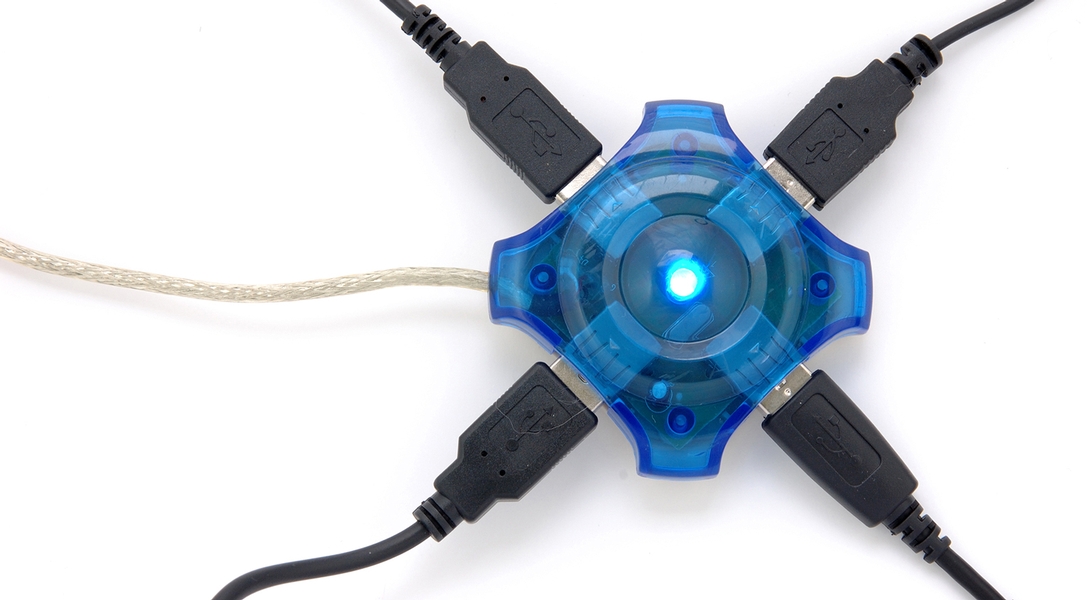“We just need a new shopping cart.”
Whenever a client says this – it always gives us pause.
It’s never “just” a shopping cart.
When planning and developing an eCommerce project, the scope is often kept too narrow in terms of its impact on the website and marketing as a whole. It’s easy to assume that the store and all its components (product pages, shopping cart, checkout, account, etc.) will either fit together or that they will exist completely separate, each in their own environment.
There are often technical limitations that require the eCommerce aspect of a site to be built separately from the store; however, when an eCommerce platform is fully flexible and dynamic it can (and should) be incorporated into a complete web presence.
Headless commerce platforms (including Ultra Commerce) have gained a lot of attention in recent years because of the ongoing technical challenge of integrating an eCommerce platform with an existing CMS. Broadly speaking, headless commerce simply means that the eCommerce platform is built in such a way to make integration easier – the backend exists independently from the front-end or the “head”. Any front-end shopping experience, such as an app, website, mobile store, retail point-of-sale and more, is built separately with much fewer restrictions and connects to your headless platform.
It can lead you to think that the choice is a simple one – either choose to implement a headless commerce platform or choose a platform that will tightly integrate into the existing CMS.
But don’t be fooled – The choice can be much more nuanced and complex and requires a little bit of research and planning ahead of time.
The evolution of headless commerce platforms has provided endless possibilities for solving many integrations and customization issues. But does a headless-only option offer the most flexibility in how you build out your eCommerce operation? Does selecting a headless-only option box you in and end up limiting how you execute and make decisions in the long term?
It is a valuable exercise to answer these questions ahead of time and evaluate and understand each of the possible approaches to running headless:
- Headless Only
These platforms are API based platforms that allow your development team to select a content management system and integrate the platform into it using an API. - eCommerce Platform with Exclusive CMS integration
For each large scale content management and blogging platform, there are hundreds of plugins with eCommerce functionality that allow for installation alongside the CMS. The eCommerce platforms do not, essentially, stand on their own – they are tightly integrated into the existing system. - Hybrid: API driven & CMS Agnostic
These are platforms that include some form of content management system, yet are flexible enough to be used as “headless” depending on the use case and installation by the user.
We also recommend considering the following five challenges when deciding which type of eCommerce integration to make with your content management system:
1. Security
Security should be your top priority. Keep in mind that opening integrations between your CMS and eCommerce platform exposes the system to risk. If things aren’t configured correctly, it’s possible for unintended loopholes to appear. These loopholes can easily be manipulated by threat actors.
To get around this, you may need to run each system on two separate domains that are managed individually. Aside from the security benefits of keeping the systems segregated, this approach helps you maintain compliance across your system. Your eCommerce platform may be PCI compliant, for example, but your CMS might not be. In this case, it can actually be beneficial for regulatory compliance to manage each on its own.
2. Flexible Design
For some, headless eCommerce offers too much choice to users. How should the site be set up? Should the store mimic the look and feel of the main site? Which design elements should be different? It’s a high-level of customization that users may not be ready for, particularly if they’re accustomed to working with the strict front-end requirements of out-of-the-box eCommerce solutions.
Brand consistency is crucial in all types of eCommerce, and headless platforms are no exception. Don’t go so far with platform customizations that you detract from the brand equity you’ve worked so hard to build. Even if you can’t create an exact experience across the two systems, you should be able to get pretty close.
Work with your developers and map out these changes. Upgrading to a headless eCommerce solution can be the perfect time for a rebranding, as you’re revamping many of your web assets anyway—just be careful about taking it too far.
3. Shared Content, Assets & Resources
Another challenge to consider in your eCommerce decision is how to reconcile shared content, assets, and resources across your systems.
In many cases, it makes sense to keep some things separate. Some companies have store-specific content that lives in store-specific areas of their CMS; such as privacy policies, shipping information, and so on. These are simple data points that don’t need tight integration across systems.
On the other hand, there’s plenty of content in your CMS that will need to be shared with your eCommerce platform:
- Product images
- Content widgets
- Page copy
- Pricing details
- Special promotions
- Customer-specific discounts
These individual assets are best shared across platforms, so it’s important to make sure your CMS can access custom CSS/JavaScript code that makes this integration possible.
4. Personalization
Naturally, your eCommerce choice should allow for full personalization across all of your web assets. This obviously applies to front-end issues, such as your store’s appearance and the customer UX, but it also applies to the back-end. Without a tight CMS integration with your eCommerce solution, your CMS won’t be able to access the transaction and user data it needs.
Get around this issue by defining integration goals upfront. Have you considered what types of data-based logic and functionality you want for your site? Think about your needs right now and what they might be in a few years.
It’s certainly possible to perform a tight API integration that allows for a smooth flow of data between the two systems, and if you rely on your business data for decision-making (as we all do), this seamless integration will be a necessity.
5. Multi-Site Potential
Think about your short-term site goals. You might be working with a single website right now, but in the future, you may need more extensive options. You’ll likely build out your sales and marketing channels as you grow, and as your eCommerce presence matures, you may even build additional websites, micro-sites, and content-specific landing pages that serve as an extension of your main website.
Look ahead to these options and think about how they’ll be set up. How many of these channels will drive sales? What kind of content might they have? Will they require access to customer data, or will they be content-light? These decisions will influence how extensive your CMS needs to be, and how tightly integrated it’ll be with your eCommerce platform. Work with your developers and make sure your web assets have room to grow as your company scales.
Conclusion
The choice to adopt headless commerce, as well as the selected approach, are not easy decisions to make and ultimately depend on what best fits each individual organization’s strategies and goals. While headless commerce can provide a range of benefits, these benefits do not come without associated risks and costs which should be evaluated thoroughly before making a commitment. For more information or to learn more about whether or not headless is right for your organization, contact our team of experts at Ultra Commerce.


